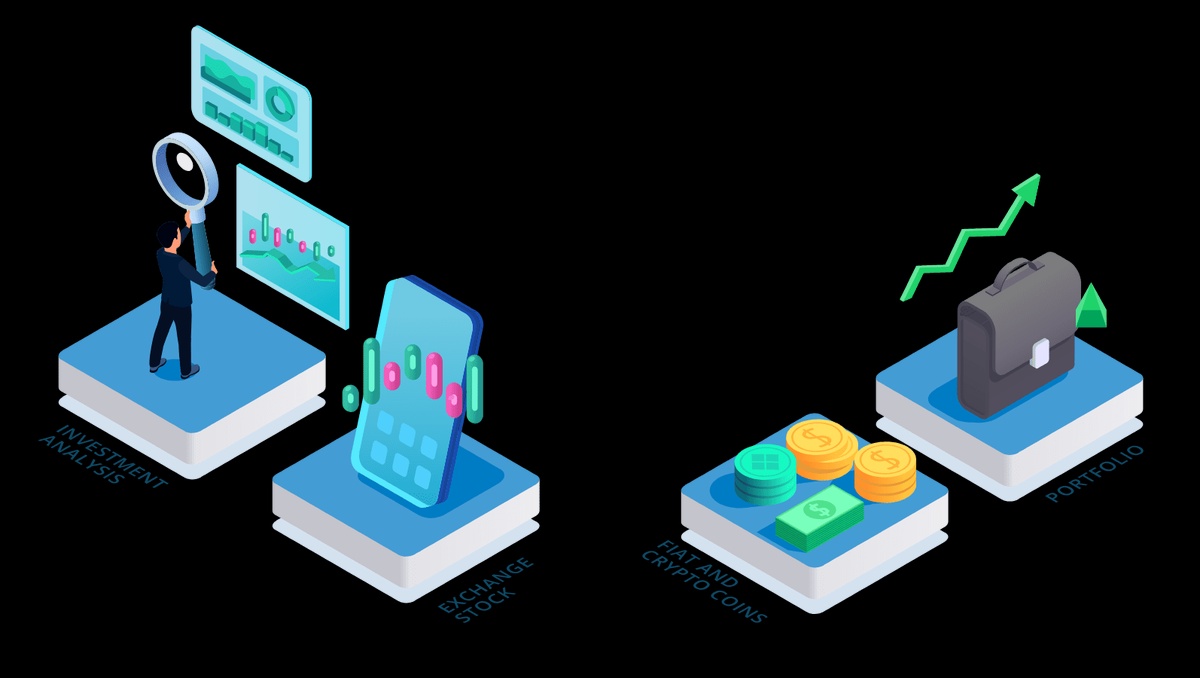In the ever-evolving landscape of financial markets, technology plays a pivotal role in shaping trading strategies. Algorithmic trading, also known as algo-trading or black-box trading, stands out as a groundbreaking advancement that has transformed the way financial assets are bought and sold. This article delves into the depths of algorithmic trading, exploring its intricacies, benefits, and the impact it has on the world of finance.
Understanding Algorithmic Trading
Algorithmic trading involves the use of computer programs to execute trading orders based on predefined criteria and mathematical models. These algorithms analyze vast amounts of historical and real-time market data to identify trends, patterns, and opportunities for executing trades. Unlike traditional manual trading, which relies on human intuition and decision-making, algorithmic trading automates the entire process, allowing for faster execution and more precise implementation of trading strategies.
Key Components of Algorithmic Trading
-
Data Analysis and Strategy Formulation: Algorithmic trading begins with data analysis. Historical price data, trading volumes, and other relevant market indicators are processed to identify patterns and trends. Traders then develop strategies based on these insights. These strategies can range from simple moving average crossovers to complex machine learning models.
-
Execution Algorithms: Once a strategy is formulated, execution algorithms come into play. These algorithms are designed to optimize the timing and pricing of trades, ensuring that orders are executed at the best possible prices. Common execution strategies include market orders, limit orders, and stop orders.
-
Risk Management: Managing risk is a critical aspect of algorithmic trading. Risk management algorithms are implemented to control factors such as position size, stop-loss levels, and portfolio diversification. These algorithms help minimize potential losses and protect the trader from significant market downturns.
Benefits of Algorithmic Trading
-
Speed and Efficiency: One of the primary advantages of algorithmic trading is speed. Automated systems can execute trades in fractions of a second, far surpassing the capabilities of human traders. This speed is crucial in markets where prices can change rapidly, providing a competitive edge to algorithmic traders.
-
Precision and Consistency: Algorithms execute trades with precision and consistency, eliminating the impact of human emotions on decision-making. This results in a more disciplined approach to trading, as algorithms adhere strictly to predefined rules and strategies.
-
Reduced Transaction Costs: Algorithmic trading can lead to lower transaction costs due to the ability to execute trades at optimal prices. Additionally, automated systems can identify and take advantage of liquidity across different market venues, reducing the overall cost of trading.
-
Diversified Trading Strategies: Algorithmic trading allows for the implementation of a wide range of trading strategies simultaneously. This diversification can help spread risk and capture opportunities across various market conditions.
Challenges and Risks
While algorithmic trading offers numerous benefits, it is not without challenges and risks. Some of the key concerns include:
-
Technical Issues: Algorithms are susceptible to technical glitches, system failures, and connectivity issues. A malfunction in the algorithmic trading system can result in substantial financial losses.
-
Market Conditions: Rapid and unexpected changes in market conditions, such as extreme volatility or flash crashes, can pose challenges for algorithmic trading strategies. Algorithms may struggle to adapt to unprecedented events.
-
Over-Optimization: Excessive optimization of algorithms for specific historical data may lead to poor performance in real-time markets. Striking the right balance between robustness and adaptability is crucial.
-
Regulatory Compliance: Algorithmic trading is subject to regulatory scrutiny to ensure fair and transparent market practices. Traders must adhere to regulatory guidelines and risk regulatory intervention if compliance is not maintained.
Conclusion
Algorithmic trading has revolutionized the financial industry, offering a powerful tool for traders to navigate complex and dynamic markets. With its ability to process vast amounts of data, execute trades at lightning speed, and manage risk efficiently, algorithmic trading continues to gain prominence. However, it is essential for traders to approach this technology with caution, understanding the challenges and risks involved. As technology continues to advance, the landscape of algorithmic trading will likely evolve, presenting new opportunities and complexities for market participants.


No comments yet